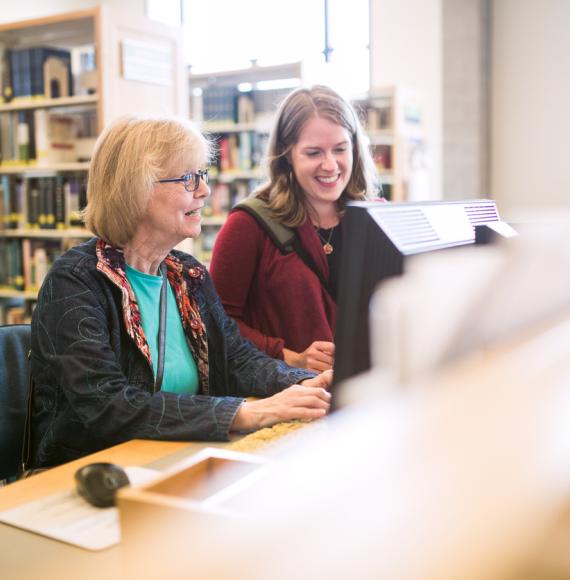A multimillion-pound National AI Data Facility is set to be developed in the West of England as part of the Government’s AI for Science Strategy.
Located at the Bristol and Bath Science Park, the new data repository will sit alongside Isambard-AI, the UK’s most powerful supercomputer, enabling unprecedented scientific breakthroughs by processing vast datasets at record speeds.
Described as a digital library, the facility will house the UK’s most valuable large-scale datasets and make them readily accessible to researchers nationwide. Its proximity to Isambard-AI will unlock the supercomputer’s full potential, allowing science that was previously impossible.
The new storage capability will also enable seamless interaction between Isambard-AI and data from multiple sites, overcoming challenges around format, governance and access restrictions.
Commenting on the development, West of England Mayor Helen Godwin said:
“This investment helps turbo-charge the West’s ambition to establish the UK’s first AI Supercluster. Since May, our region has signed tech trade deals with the US, been recognised as Lloyds Banking Group’s AI Capital, and switched on Isambard-AI – the country’s largest supercomputer and the fastest one based at a university anywhere in the world.
“In this new chapter for the West of England, we are working together to deliver more jobs for local people. In the last decade, the West saw the highest job growth in digital and tech of any region. The best is yet to come, and today’s investment is another real vote of confidence in that bright future.”

The AI for Science Strategy has two core objectives:
- Develop frontier capability in AI-driven science, supporting autonomous labs and general-purpose AI tools to transform discovery.
- Ensure UK global scientific leadership, integrating AI into research to reshape the national and global landscape.
The £225m Isambard-AI facility, launched in July and operated by the Bristol Centre for Supercomputing (BriCS) in partnership with NVIDIA, can process in one second what would take the entire global population 80 years. It is the most powerful university-based supercomputer in the world.
This capability will accelerate research in robotics, big data, climate modelling, and drug discovery, and will also explore secure access to high-impact health datasets through the AI Research Resource (AIRR), enabling ambitious AI-driven health research.
The development cements the West of England as a regional hub for deep tech, driven by collaboration between the University of Bristol and regional government.
Image credit: iStock



















